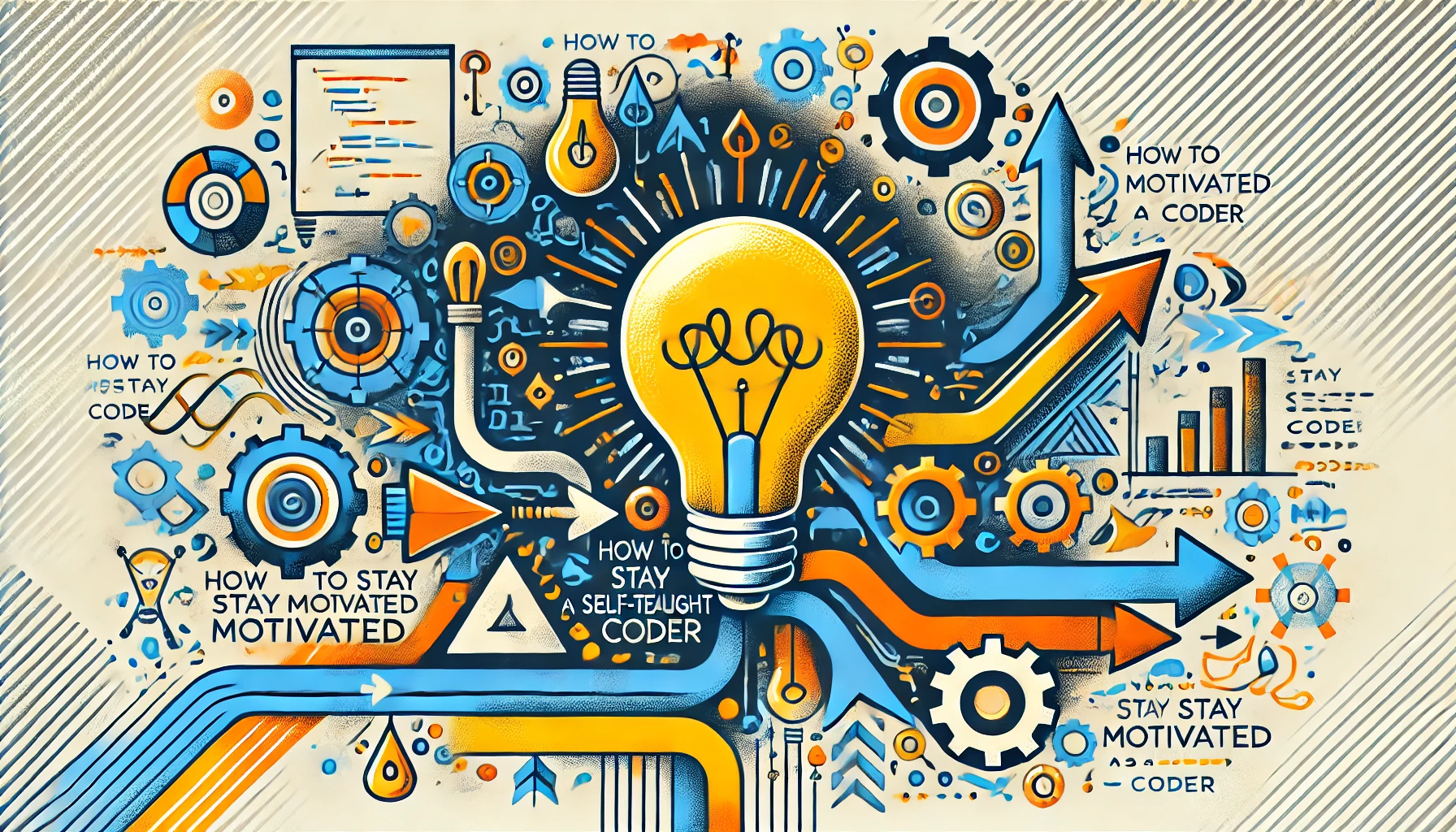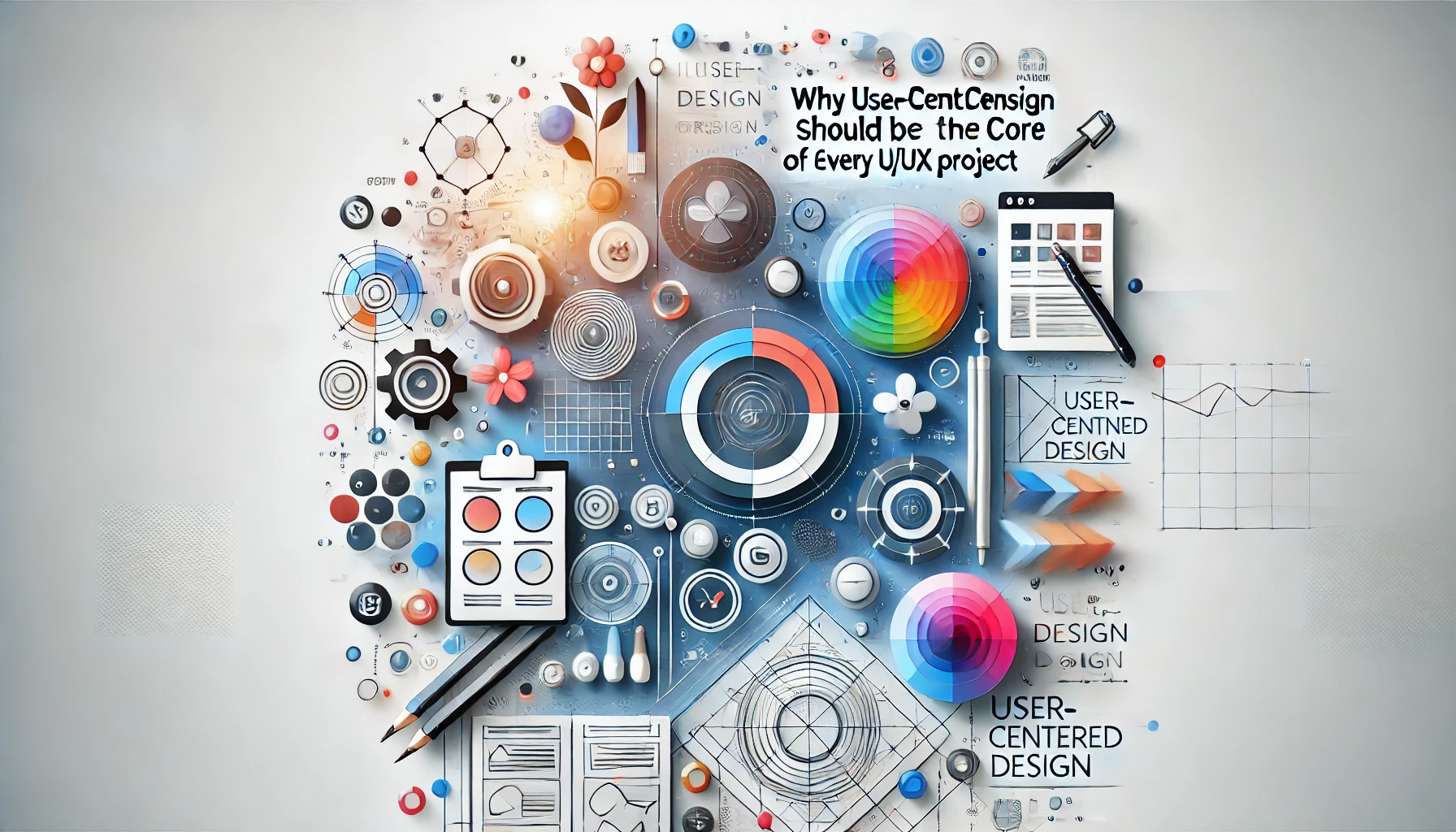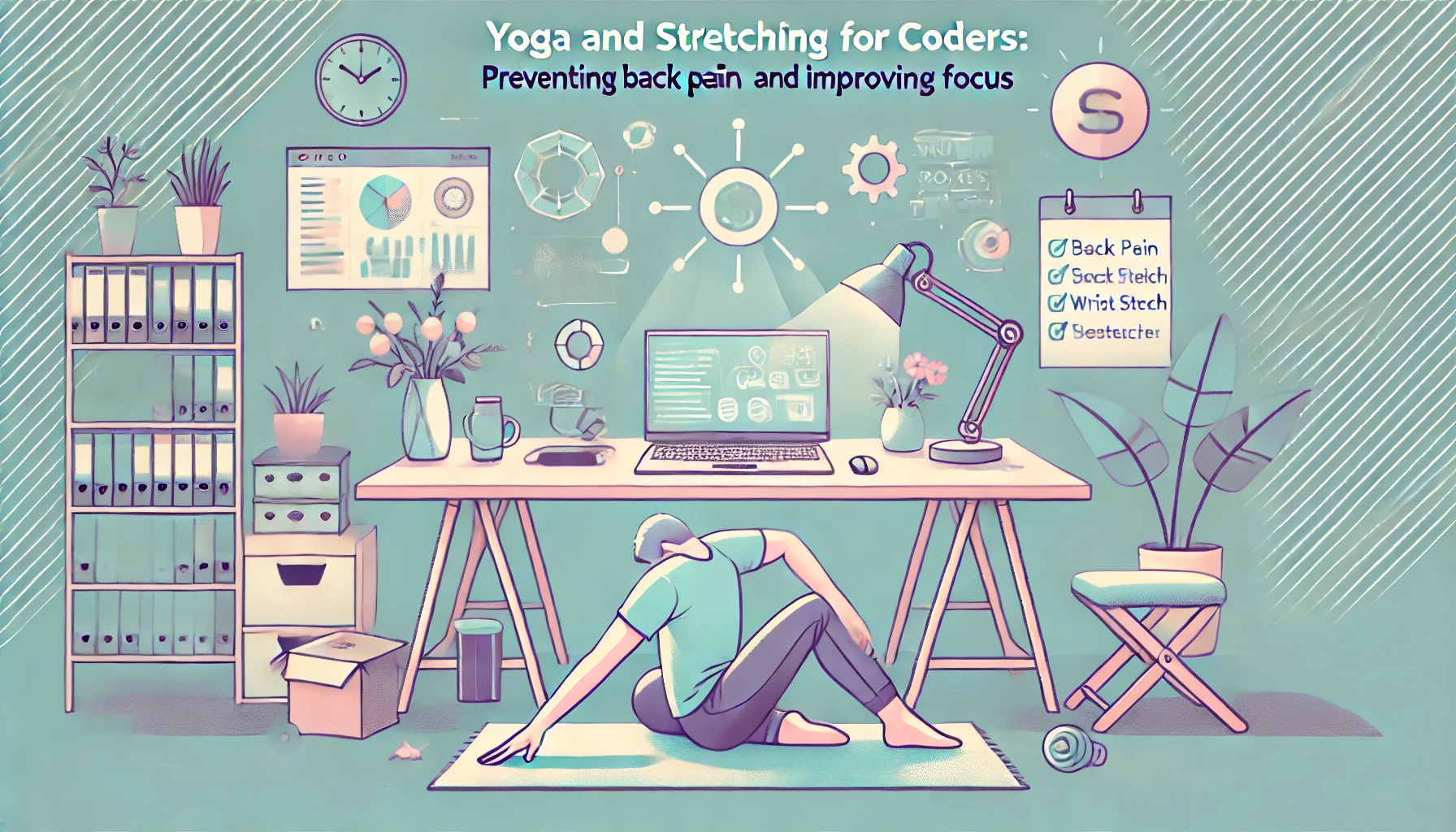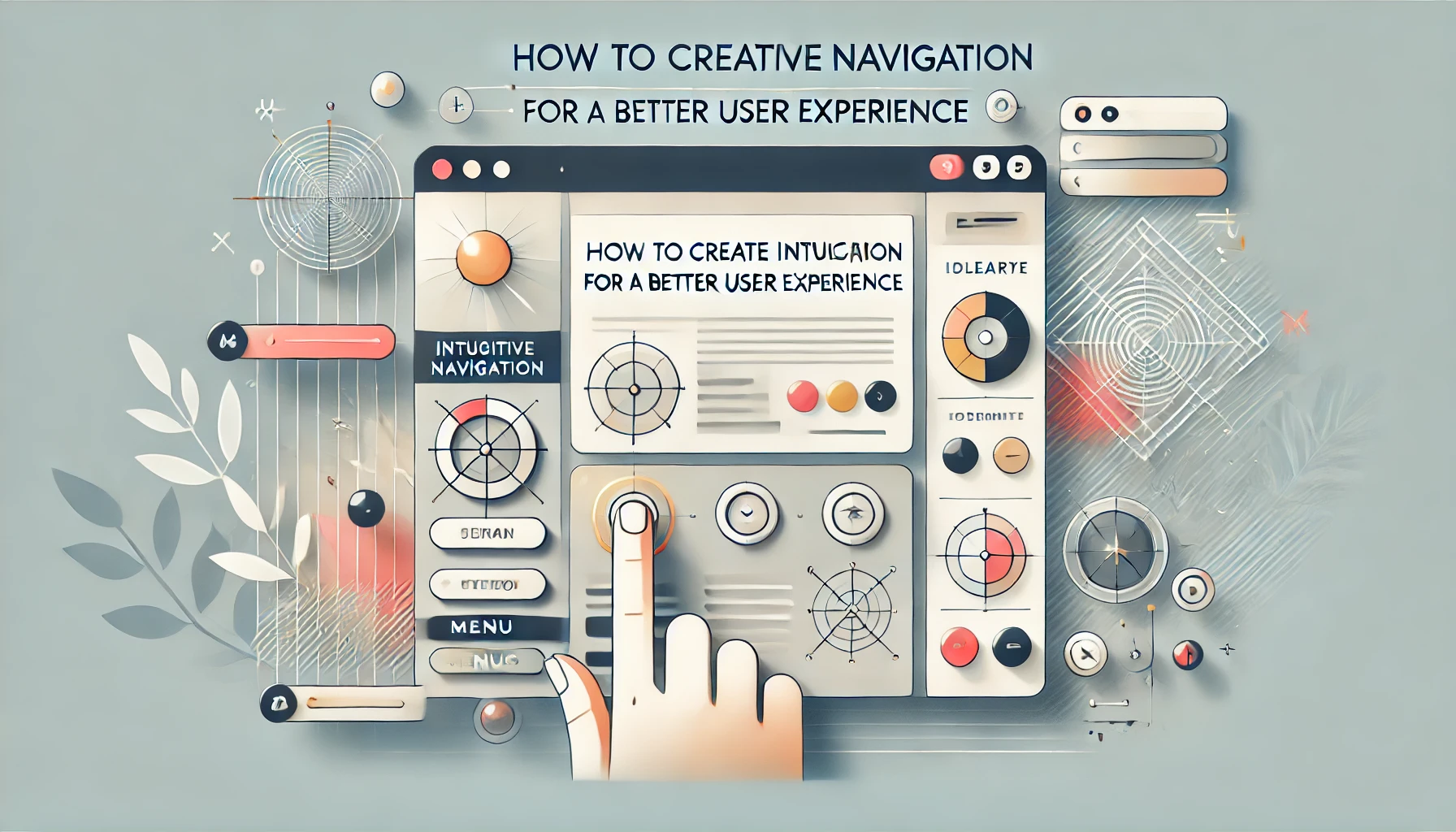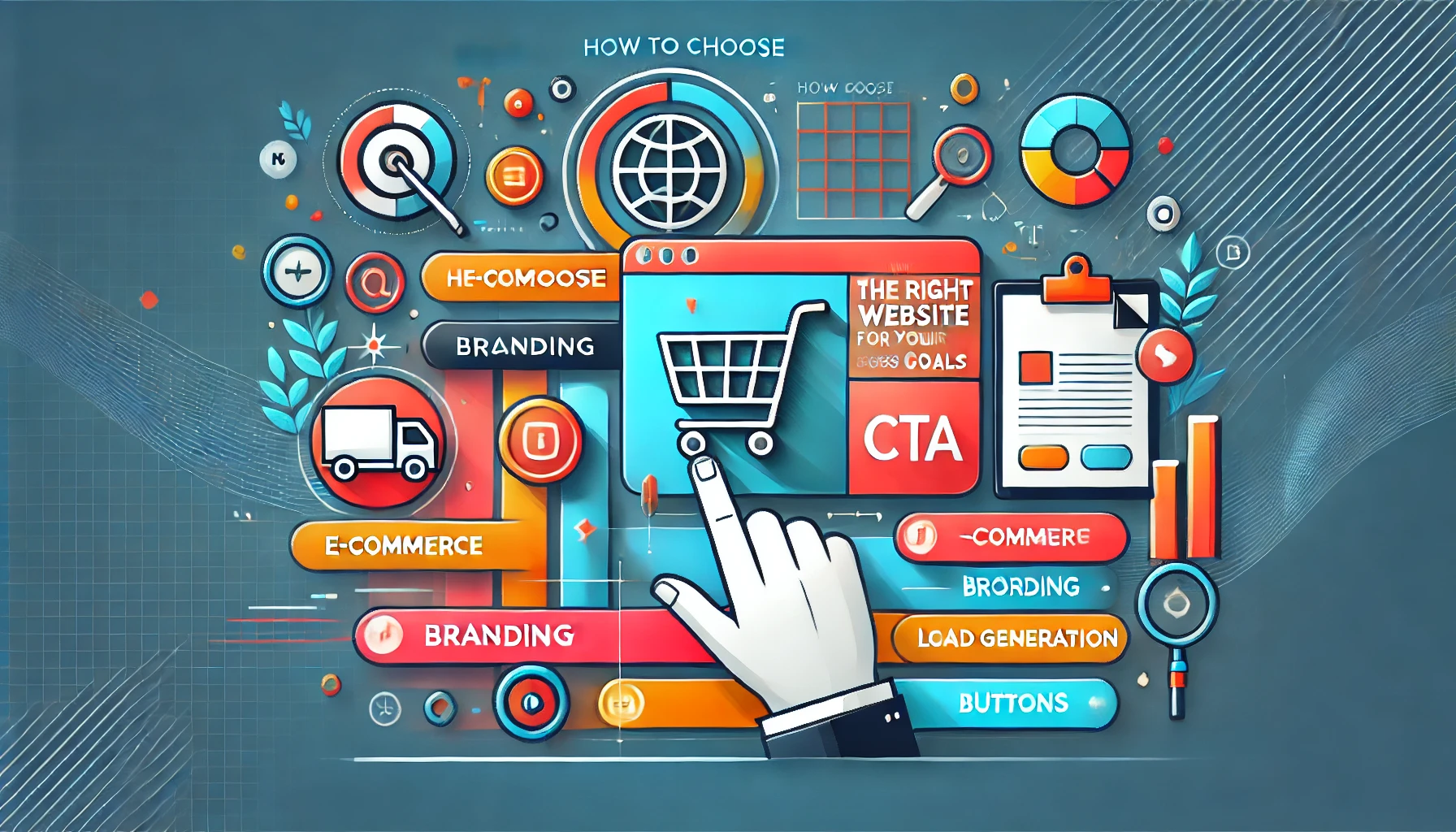
When it comes to building a website, it’s not just about looking good—it’s about achieving specific business objectives. Whether you're aiming to drive sales, increase brand awareness, or generate leads, your website design should be aligned with those goals to effectively support your business. Choosing the right design for your business can be a daunting task, but with the right approach, you can create a website that not only looks great but also serves your purpose.
In this post, we’ll explore how to choose the right website design for your business goals. We’ll break down the different types of designs for various business objectives—whether you’re running an e-commerce site, building a personal brand, or optimizing for lead generation—and share tips for ensuring your design supports your mission.
Understanding Your Business Goals
Before diving into website design options, it’s important to have a clear understanding of your business goals. Here are some key business objectives you might have:
E-commerce Sales: If you're running an online store, your website should be designed to convert visitors into paying customers. This involves clear product displays, an easy checkout process, and persuasive call-to-action buttons.
Branding and Awareness: If you're looking to build brand recognition, your website design should reflect your company’s values, vision, and aesthetic. Your website should create a lasting impression through cohesive branding elements such as logo, colors, typography, and imagery.
Lead Generation: For businesses focused on gathering leads, your website design should prioritize forms, landing pages, and CTAs that encourage visitors to engage, subscribe, or request more information.
1. E-Commerce: Optimize for Conversion and Sales
If your primary goal is e-commerce, the website design should cater to maximizing conversions and streamlining the shopping experience.
Key Design Elements:
- Product Display: High-quality images, product descriptions, and easy-to-navigate product categories.
- Clear Calls-to-Action (CTAs): “Buy Now” or “Add to Cart” buttons should be easy to find and visually prominent.
- User-friendly Checkout Process: A seamless, intuitive checkout experience to reduce cart abandonment.
Tip: Simplify the path to purchase and ensure that the website is mobile-optimized, as mobile users are increasingly becoming the dominant shopper demographic.
2. Branding and Awareness: Make a Memorable First Impression
If your goal is to increase brand awareness, your website design needs to communicate your brand identity effectively and leave a lasting impression on visitors.
Key Design Elements:
- Visual Storytelling: Use strong visuals, typography, and content to tell the story of your brand.
- Cohesive Branding: Ensure your logo, color scheme, fonts, and images all align with your brand personality.
- User Experience (UX): A well-designed website should feel inviting and user-friendly, encouraging visitors to explore your content further.
Tip: Prioritize storytelling through images and videos that connect emotionally with your audience. Make sure your website’s tone reflects your brand values and resonates with your target audience.
3. Lead Generation: Capture Visitor Information with Ease
If lead generation is your primary goal, your website design should make it easy for visitors to interact with your brand and provide their information.
Key Design Elements:
- Prominent Lead Capture Forms: Whether it’s through newsletter signups, free downloads, or consultation requests, your forms should be easily accessible and non-intrusive.
- Landing Pages: Dedicated landing pages with specific offers or incentives can help increase conversion rates.
- CTA Buttons: Your CTAs should be compelling, encouraging visitors to take the next step (e.g., "Get Your Free Quote" or "Download the Guide").
Tip: Make sure forms are simple and quick to fill out. A long, complicated form can deter users from completing it, so aim for simplicity and clarity.
4. Informational or Blog-Based Websites: Focus on Content Delivery
For businesses that prioritize content or education (like bloggers or media sites), the design should focus on providing easy access to valuable content.
Key Design Elements:
- Clear Content Hierarchy: Organize content into easy-to-navigate categories or sections so users can quickly find what they’re looking for.
- Search Functionality: A search bar should be easily accessible so users can locate articles or content of interest.
- Visually Engaging Layout: Use visuals to break up content and keep visitors engaged, whether it’s images, infographics, or video.
Tip: Ensure your website is optimized for readability and that the content is easy to scan. Using headings, subheadings, and bullet points will help visitors digest the information more easily.
Conclusion: Align Your Design with Your Goals
Choosing the right website design for your business goals is crucial for achieving success. Whether you’re focused on e-commerce, building brand awareness, or generating leads, the right design will help you attract, engage, and convert your audience. Start by clearly defining your business objectives, and then tailor your website design to support those goals. With a user-friendly, visually appealing design that aligns with your business strategy, you can create a website that drives results.
